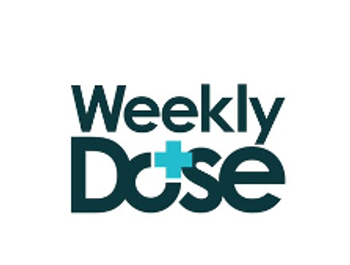
Lung Cancer Screening: 3 Questions You Were Afraid to Ask
I was “foggy” on when and how to apply screens for lung cancer with low-dose CT, but a perfect model for a 3-question template provided answers.
The Annals of Internal Medicine recently published a perfect model for a 3-question template, even providing the questions and answers!1 To say the least, prior to the publication, I was “foggy” regarding when and how to apply screens for lung cancer with low-dose computed tomography (LDCT). Because the effort was taken from a Grand Rounds, it had a representative patient and was clinically directed with practitioners in mind.
Following are questions you may have about LDCT screening but were afraid to ask:
1. Do you think LDCT screening for lung cancer has value, and if so, what type of patients benefit?
Certain groups of cigarette smokers benefit from screening more than others. The number of lung cancer deaths prevented in the LDCT group was 60-fold greater in the highest risk group, and the number of false-positive results was significantly lower in the same group as well.
To gauge what determines escalating risk, pre-CT calculation includes the following: cumulative pack-years, years since quitting, age, education, body mass index, history of chronic obstructive pulmonary disease (COPD), personal history of cancer, family history of cancer, and race/ethnicity. The Annals paper did the calculation in the model patient. Her risk of lung cancer developing over the following 6 years was 2.9% (<1%, low; 1% to 2%, intermediate; > 2%, high).
But the issue is more complicated. Because other comorbidities consequent to smoking (cardiovascular disease and COPD, for example) are prevalent in this population, additional work must be done to compare the risk of competing causes of death. For instance, if a patient’s COPD is very severe, she may not tolerate resection of any discovered malignancy. Also, the overall benefit (a decreased risk of lung cancer death after screening) was only 0.3% overall, that is, including patients who were not as high risk.
Bottom line, shared decision making is critical. Patients and their families must be involved intimately and be informed.
2. Because a majority of previous work regarding LDCT screening was done at academic centers, can one expect similar results in the “community”?
Nearly a quarter of participating sites were not academic medical centers. The threshold for a positive screen has been increased from 4 mm to 6 mm, decreasing false positives.
3. How can doctors (this is where we come in) help deal with the uncertainties associated with screening?
Results from screening can be false positive. Invasive procedures may have complications. Some discovered lesions are followed with “watchful waiting,” leading to anxiety regarding cancer down the road. Again, shared decision making is of the essence.
After the question-and-answer session, I know much more than I did before, but I am still “foggy.” To develop some degree of comfort, I would have to do the risk calculation myself and understand the comorbidities and mortalities because they may preclude screening.
Finally, this is one arena wherein primary care physicians can help, BUT subspecialty assistance is essential.
Take-aways:
• Because other comorbidities consequent to smoking are prevalent in the lung cancer patient population, additional work must be done to compare the risk of competing causes of death.
• The threshold for a positive screen has been increased from 4 mm to 6 mm, decreasing false positives.
• Shared decision making is of the essence. Primary care physicians can help, but subspecialty assistance is needed.
References:
1. Smetana GW, Boiselle PM, Schwartzstein RM. Screening for lung cancer with low-dose computed tomography: grand rounds discussion from the beth Israel deaconess medical center. Ann Intern Med. 2015;162:577-582.
Newsletter
Enhance your clinical practice with the Patient Care newsletter, offering the latest evidence-based guidelines, diagnostic insights, and treatment strategies for primary care physicians.
















































































































































































































































































